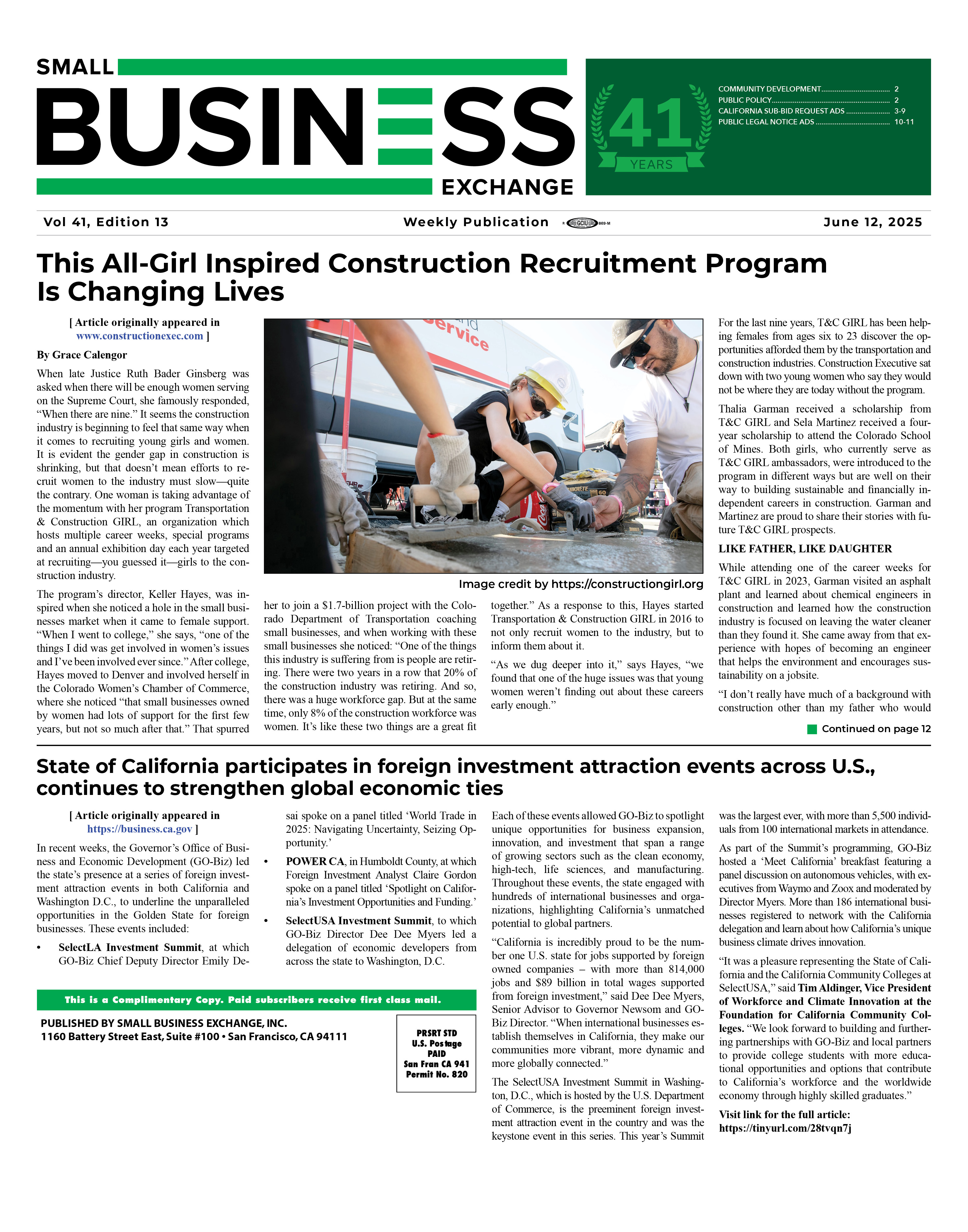The Basics of Lean Construction Methods
06/10/2025
 By Holly Welles By Holly Welles
Lean construction is a way to manage building projects by cutting waste and adding more value for clients. It focuses on teamwork, making improvements, and treating workers with respect. By reducing inefficiencies, lean construction helps projects finish on time, improves the quality of the work, makes workers happier, and reduces risks. Teams can adopt lean construction by empowering workers, pursuing continuous improvement, maintaining equipment proactively, using pull scheduling, and aligning goals with client priorities.  Most construction companies want to deliver the best possible results for their clients while expending the least possible resources. Yet, the construction industry has traditionally been littered with waste and inefficiencies. Today, some of the most successful companies use lean construction philosophy to guide their operations. Such companies regularly impress clients, maintain high morale, and create high-quality structures. Most construction companies want to deliver the best possible results for their clients while expending the least possible resources. Yet, the construction industry has traditionally been littered with waste and inefficiencies. Today, some of the most successful companies use lean construction philosophy to guide their operations. Such companies regularly impress clients, maintain high morale, and create high-quality structures. Many industry professionals have heard of lean construction, but they may not know what exactly it is or how they can apply it effectively. Let’s take a look at the basics of lean construction and its benefits below. Many industry professionals have heard of lean construction, but they may not know what exactly it is or how they can apply it effectively. Let’s take a look at the basics of lean construction and its benefits below.
What Is Lean Construction?
Lean construction is a relationship-focused production management system that aims to eliminate waste from the entire construction process and deliver greater value to clients.
The method has its roots in the Toyota Production System. First developed in Toyoda Automatic Loom Works in Japan in the 1920s and later implemented in Toyota automobile manufacturing facilities after World War II, the system focused on providing greater customer satisfaction while reducing waste and giving workers more meaningful jobs. Toyota’s strategies were found to be so successful that lean concepts were adapted for use outside of manufacturing.
In the United States, lean construction has become heavily associated with tools such as just-in-time inventory, in which companies receive materials on an as-needed basis. However, as a philosophy, lean construction involves much more than effective inventory management.
Lean construction offers a framework for improving the entire construction process, from design through completion. The tenets of lean construction include:
In order to meet goals, lean construction also focuses heavily on planning and standardization.
What Are the Benefits of Lean Construction?
Lean construction transforms nearly every stage of the construction process, requiring teams to work together more closely and build innovation into every project. Although how much a company gets out of lean construction depends on how the philosophy is implemented, potential benefits could include:
How Can Teams Implement Lean Construction Philosophy?
Often, companies focus too much on using a certain tool or procedure in an attempt to increase efficiency. But lean construction is a philosophy, not a step-by-step process. This means the best way to obtain the benefits of lean construction is to apply lean ideas and methods at every level of an organization and at every stage of construction.
Here are a few things construction teams can do to begin.
Give Workers More Autonomy: Workers know their jobs better than anyone else. Show workers the respect they deserve by encouraging them to solve problems, work together, and offer suggestions for improvement. A team can build this relationship-based work culture by holding lean trainings that incorporate discussions and give volunteer facilitators, not just management, the opportunity to lead.
Embrace Continuous Improvement: Teams looking to benefit from lean construction should constantly evaluate their existing processes for areas that need improvement. Look for inefficiencies in transport, scheduling, work quality, inventory, processing, movement, and more.
Practice Preventative Maintenance: Maintain the processes and equipment that projects depend on through regularly scheduled maintenance. On-demand work orders typically take twice as long to complete as preventive maintenance tasks, effectively doubling labor costs when issues aren't addressed proactively. Lean construction emphasizes managing smaller maintenance expenses early to prevent major problems that can derail and delay business operations.
Use Pull Scheduling and Planning: To minimize downtime at the worksite, companies should always have contractors schedule their work and coordinate with those who will pick up the job after them. Pull planning bases scheduling on when prerequisite elements will be completed and requires someone to monitor how the project is progressing.
Set Goals Based on Client Priorities: In lean construction, every decision should be rooted in maximizing value for the client. If there's a part of the process that fails to add value, it should be eliminated. Teams should plan to meet with clients early and set goals based on the client's goals.
A Better Way to Tackle Construction
Lean construction is no longer just a trend—it’s a necessity for companies that want to stay competitive in a fast-changing industry. When implemented thoughtfully, this philosophy allows construction teams to complete jobs more efficiently and more successfully, all while making clients and workers happy.
Holly Welles is a freelance writer who covers construction and real estate innovations for publishers across the web, including NCCER and Constructible. She also runs her own residential real estate blog, The Estate Update.
Source:ConstructConnect
Back To News |
|
|
|
|
||
|
© 2025 Small Business Exchange, Inc. |
||







